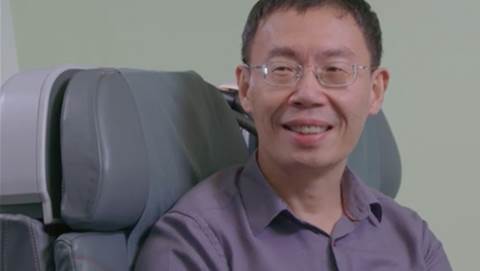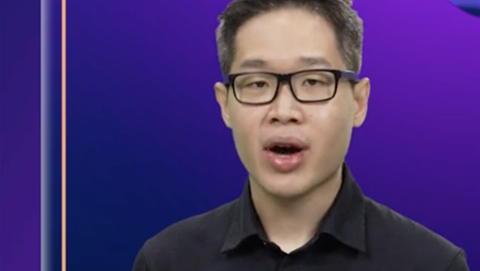Cru World Wine, a full-service platform for acquiring, trading, and managing fine wines and spirits collection, has integrated ChatGPT into its platform to enable clients to extract “contextual data” and resolve queries about products.
Operating from Singapore, Hong Kong, and Beijing, Cru was founded in 2014 and offers an internationally acclaimed selection of red wine, white wine and Champagne.
The company is working on merging its existing manually answered chatbot with artificial intelligence (AI) driven chatbot and this transition is expected to be completed within the next couple of weeks.
Cru World Wine’s Co-Founder and CEO, Jeremy Howard, told iTnews Asia that fine wine is a heritage product with a rich set of contextual data spread over centuries associated with it.
It is impossible for a company to manually input all this data into a database and make it accessible to clients, he added.
As a result, the platform has integrated ChatGPT on around 20,000 product pages, Howard said.
He added that Cru has seen a more than 200 percent increase in query volume within the first two weeks of integration of ChatGPT.
Howard added that Hong Kong and Singapore account for about 65 percent of Cru’s global revenue.
ChatGPT's multilingual capabilities, help Cru provide access to product information in local Chinese dialects, especially to clients in Hong Kong.
“Singapore clients tend to be English-speaking, but in Hong Kong, we have a lot of Cantonese and Mandarin speakers,” said Howard.
He added that the company plans to expand into Indonesia, Vietnam and the Philippines from its Singapore office.
He said the company is also in talks for a joint venture with a South Korean company and another in Japan.
Pre-populated product pages
Howard said the company had pre-populated its product pages with three or four specific questions which tend to come up repeatedly, such as: Which food pairs well with this wine? Tell me a bit more about the producer. Who is the winemaker of this wine?
Earlier, Cru had to manually type information into the system - a massive task for 20,000 products, with changing information over time.
Now, thanks to ChatGPT, clients can get additional information, ask questions, and interact, without leaving the product page, rather than mailing or calling, Howard said.
He added the information is automatically updated whenever it changes on a public data source.
Cru is working on training models to give ChatGPT data about the company with certain client enquiries.
For example, if a client mentions “Delivery” in their question to ChatGPT, it is being programmed to provide all delivery-related information to give a better response in its answers.
How it works
As the user visits a product page and has a question related to the product - the front end sends a request to the backend server, asking for a response from ChatGPT.
The platform uses Angular and Conventional PHP pages on the front end, a popular web application framework built in TypeScript.
Howard said the front end displays the data from the PHP backend to the users and handles user interactions, such as searching for wines, filtering, and sorting.
The backend server uses a PHP library to hit the ChatGPT API, passing the secret key and model as parameters. ChatGPT receives the request and uses its deep learning algorithms to generate a response, he added.
The response is sent back to the user on the product page, providing an answer to their question.
According to Howard, questions presented to ChatGPT have been customised to relate specifically to the product, ensuring that the responses are relevant and helpful to the user.
The platform also stores results in its Redis Cache so that users get their saved chats, though it’s only in beta now, Howard said.








.jpg&h=271&w=480&c=1&s=1)
